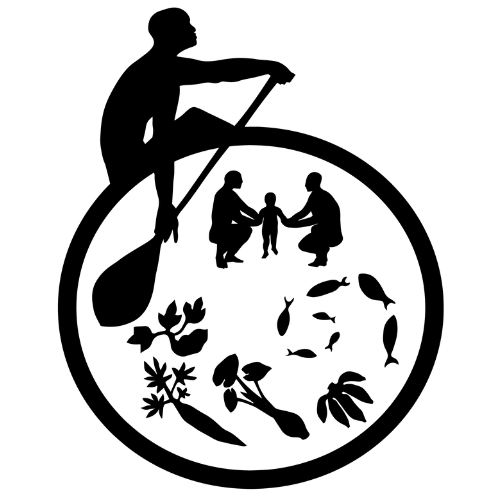Associate Specialist, Soil Fertility

Institution: University of Hawaii Manoa, Department of Tropical Plant and Soil Sciences
Education:
- Ph.D. Soil Science, 2003,University of Hawaii at Manoa, Honolulu, HI.
- MS Soil Science, 1997, University of Hawaii at Manoa, Honolulu, HI.
- BA History and Art History, 1985, The College of Wooster, Wooster OH
What early experiences influenced you to work in childhood obesity prevention?
I became involved in childhood obesity in a round a bout fashion primarily through my relationship with Rachel Novotny. Given my interest in food systems and sustainable agriculture, and my experience working with Land Grant institutions in the Freely Associated States, Rachel approached me to collaborate on the CHL project in the arena of sustainable agriculture and its important role in maintaining a local source of fresh, healthy food.
What advice would you give high school or undergraduate students that want to get into your professional field?
My first piece of advice to students is to choose their field based upon what they are passionate about. Secondly, in order to succeed in the field of agricultural sciences, students must have a strong background in the physical sciences, mathematics, and they need the ability to express themselves well both orally and in writing. Thirdly, seek out good mentors both within the specific field, but also in life in general. So, the ingredients to success are founded in passion, academic pursuit and strong meaningful relationships.
What do you think the Pacific Islanders will gain from the CHL program?
The people of the Marshall Islands, the Federated States of Micronesia, and Palau recognize that a changing food system and lifestyle has created serious threats to their health and quality of life. They are also acutely aware that promoting healthy lifestyles must begin at an early age with children the focus. The CHL program offers an exciting opportunity to work with Pacific Island communities to improve health by re-generating a healthy traditional food system and promoting active lifestyles.
What does an average day look like for you?
My day is spent juggling a number of activities ranging from research in soil health, carbon sequestration, nitrogen flow in traditional taro production systems, and waste management strategies for small island environments to on farm trials helping farmers manage organic matter in vegetable cropping systems to teaching soils classes to interacting closely with the CHL FAS team working hard out in the islands promoting the CHL project. There is never a dull moment!
What advice would you give caregivers of young children about best lifelong health practices related to CHL-connected efforts?
My advice is quite simple and comes from what I have learned from our Kupuna (elders) here in Hawaii: “Nana I ke kumu” or look to the source. As we seek solutions to our current situation, we must never forget our roots. What do we learn from our ancestors and how can we implement those valuable lessons in our everyday life? Pacific cultures are rich with a long history of living close to the land, air and sea. Let us honor and practice our rich traditions as we move forward.
What do you love about Hawai’i?
The beautiful Waianae Coast on Leeward Oahu has been my home for the last 20 years. This a place rich in tradition, strong passionate people, and natural splendor. I breath a deep sigh of relief every day as my car makes the turn northward at Kahe point on my way home from Honolulu – the stunningly azure ocean spreading westward and the majestic Waianae mountains standing protectively to the east. Nani Waianae!
